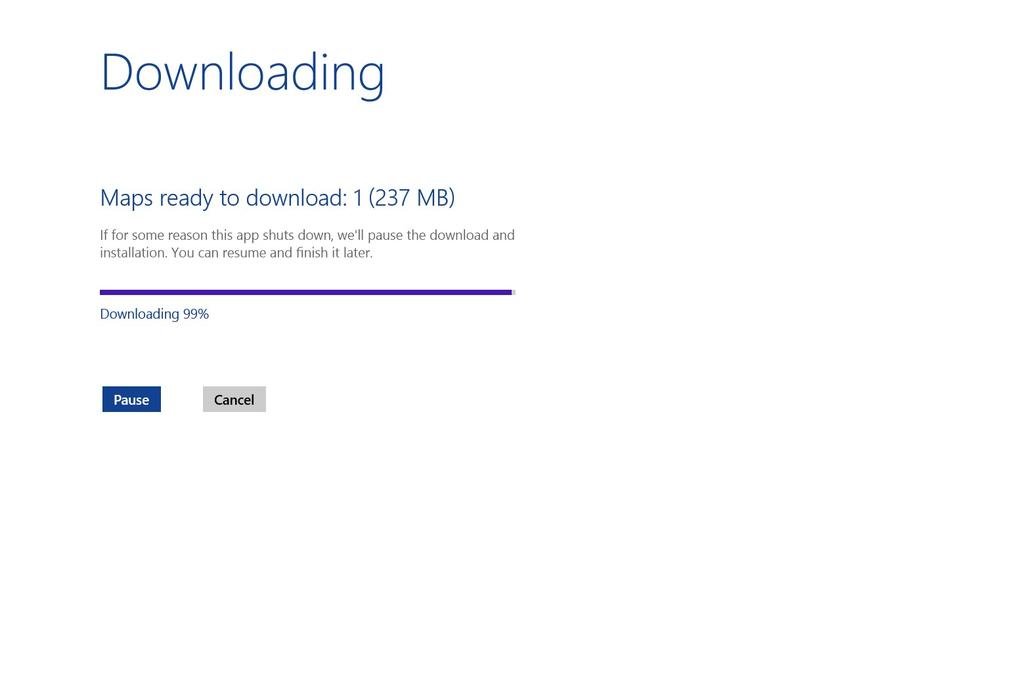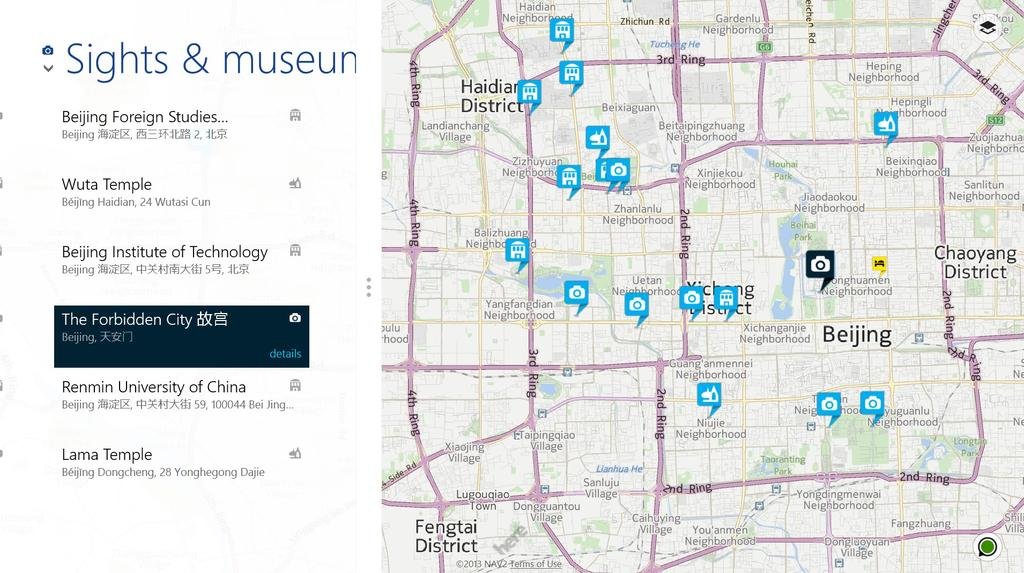KTMphil
Senior member
Back in 2007, Nokia bought mapping powerhouse Navteq. The move pumped up Nokia’s mapping position in mobile, which has grown and evolved over the years. Last fall, Nokia announced the HEREplatform that combines Nokia’s mapping and location assets under one brand. Like most data, mapping data is constantly changing. To keep up, Nokia is rolling out a serious assault on Google with its street level 3D photography.
Last November, Nokia acquired a company from Berkeley, California called earthmine. What does earthmine do? They collect detailed and accurate 3D street level using cars. The vehicles use a system that basically consist of a Lumia 920, Surface Pro, and the 3D camera rig. (Psst. Remember that Navteq car we saw in the UK?)
Now, the heart and soul of this set up is that camera rig. You have 4 cameras that capture nearly 68 megapixels together to create a 360 degree view. Another important component of the camera rig is the LIDAR scanner. It has plenty of uses, but here it’s used to map 3D points using lasers. The LIDAR scanner will fire a laser and illuminate an object. It then analyzes the reflected light to measure distance.
All this data from the various sensors is fed into a data collection box that sits up front where your passenger would put his or her feet. You also have a Surface Pro that is running custom software from Nokia and earthmine to help drivers know which routes to take and gives feedback to Nokia, like the drivers current location. The Lumia 920 is basically used as a Wi-Fi hotspot by giving a data connection to the Surface Pro and other devices on board.

[video=youtube_share;Nz6qtaHqxX4]http://youtu.be/Nz6qtaHqxX4[/video]
The cars used by Nokia/earthmine are either a VW Jetta TDI or a Subaru Forester/Crosstek. What’s really interesting is that the mapping system developed costs about the same price as the cars used to transport it. Nokia seems to think it’s worth it though, claiming that they’ll be able to pass Google soon when it comes to street level data.
All this data will be used to create compelling street level data. You can already see some of it popping up in major cities across the United States and Europe if you go to HERE.com.
Read more about the set up at SlashGear, who had a chance to ride along with Nokia/earthmine recently. It's a fascinating read about the future of HERE maps.
Article from:
Take a look at how Nokia plans to crush Google Street View | Windows Phone Central
Last November, Nokia acquired a company from Berkeley, California called earthmine. What does earthmine do? They collect detailed and accurate 3D street level using cars. The vehicles use a system that basically consist of a Lumia 920, Surface Pro, and the 3D camera rig. (Psst. Remember that Navteq car we saw in the UK?)
Now, the heart and soul of this set up is that camera rig. You have 4 cameras that capture nearly 68 megapixels together to create a 360 degree view. Another important component of the camera rig is the LIDAR scanner. It has plenty of uses, but here it’s used to map 3D points using lasers. The LIDAR scanner will fire a laser and illuminate an object. It then analyzes the reflected light to measure distance.
All this data from the various sensors is fed into a data collection box that sits up front where your passenger would put his or her feet. You also have a Surface Pro that is running custom software from Nokia and earthmine to help drivers know which routes to take and gives feedback to Nokia, like the drivers current location. The Lumia 920 is basically used as a Wi-Fi hotspot by giving a data connection to the Surface Pro and other devices on board.

[video=youtube_share;Nz6qtaHqxX4]http://youtu.be/Nz6qtaHqxX4[/video]
The cars used by Nokia/earthmine are either a VW Jetta TDI or a Subaru Forester/Crosstek. What’s really interesting is that the mapping system developed costs about the same price as the cars used to transport it. Nokia seems to think it’s worth it though, claiming that they’ll be able to pass Google soon when it comes to street level data.
All this data will be used to create compelling street level data. You can already see some of it popping up in major cities across the United States and Europe if you go to HERE.com.
Read more about the set up at SlashGear, who had a chance to ride along with Nokia/earthmine recently. It's a fascinating read about the future of HERE maps.
Article from:
Take a look at how Nokia plans to crush Google Street View | Windows Phone Central



